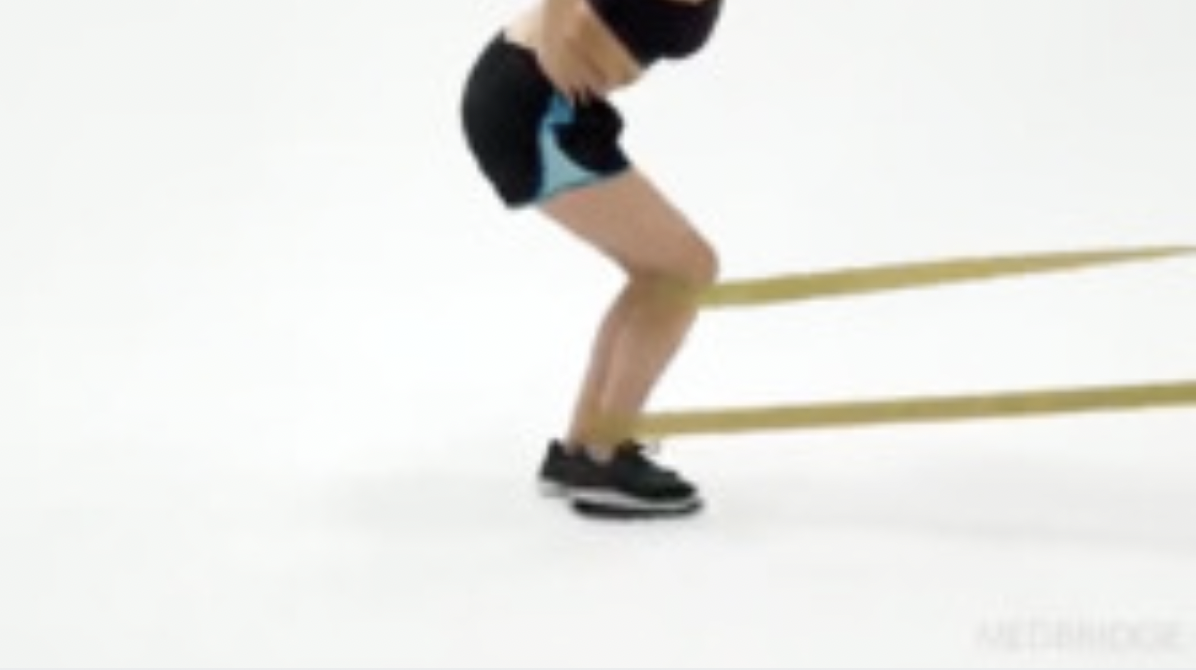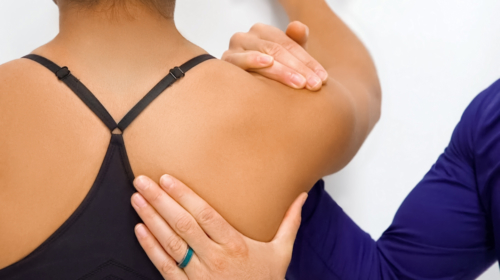This is an interactive course that will teach you how to identify faulty alignment and movement patterns in the knee by analyzing patient posture and movement. You will learn how to use components of the movement system to classify patients with movement faults and mechanical knee pain. Based on movement classifications, you will hypothesize mobility and muscle performance deficits contributing to a patient’s symptoms. You will integrate symptom modification procedures into your interventions and learn how to restore optimal posture and movement of the knee.
Description
Chapters & Learning Objectives
1. Patient Case: Dana
This chapter describes the background and history of Shirley Sahrmann and colleagues, the developers of the movement system impairment (MSI) model. You will learn how to integrate the MSI model into the International Classification of Functioning, Disability and Health (ICF) model to create a comprehensive model for physical therapist practice. You will analyze a patient’s posture and movement while learning how to utilize symptom modification procedures (SMPs) to correct for inadequate tibiofemoral rotation. You will determine how mobility and muscle performance deficits influence the patient’s posture and movement. You will then use the movement system to create a comprehensive intervention plan to improve tibiofemoral rotation mobility.

2. Patient Case: Charles
This chapter will introduce the syndrome of tibiofemoral hypomobility. You will analyze the patient’s posture and movement while learning how to utilize SMPs to correct for tibiofemoral hypomobility. You will determine how mobility and muscle performance deficits influence the patient’s posture and movement. You will then use the movement system to restore optimal posture and movement for a patient who presents with tibiofemoral mobility.

3. Patient Case: Stephanie
This chapter will introduce the syndrome of tibiofemoral accessory hypermobility. You will analyze the patient’s posture and movement while learning how to utilize SMPs to correct for tibiofemoral accessory hypermobility. You will determine how mobility and muscle performance deficits influence the patient’s posture and movement. You will then use the movement system to restore optimal posture and movement for a patient who presents with tibiofemoral hypermobility.

4. Patient Case: Patrick
This chapter will introduce the syndrome of patellar tracking. You will analyze the patient’s posture and movement while learning how to utilize SMPs to correct for impaired alignment and tracking of the patella in the trochlear groove. You will determine how mobility and muscle performance influence the patient’s posture and movement. You will then use the movement system to restore optimal posture and movement for a patient who presents with a patellar lateral glide.

5. Patient Case: Robin
This chapter will introduce the syndrome of knee hyperextension. You will analyze the patient’s posture and movement while learning how to utilize SMPs to correct for excessive knee hyperextension. You will determine how mobility and muscle performance deficits influence the patient’s posture and movement. You will then use the movement system to restore optimal posture and movement for a patient who presents with knee hyperextension.





